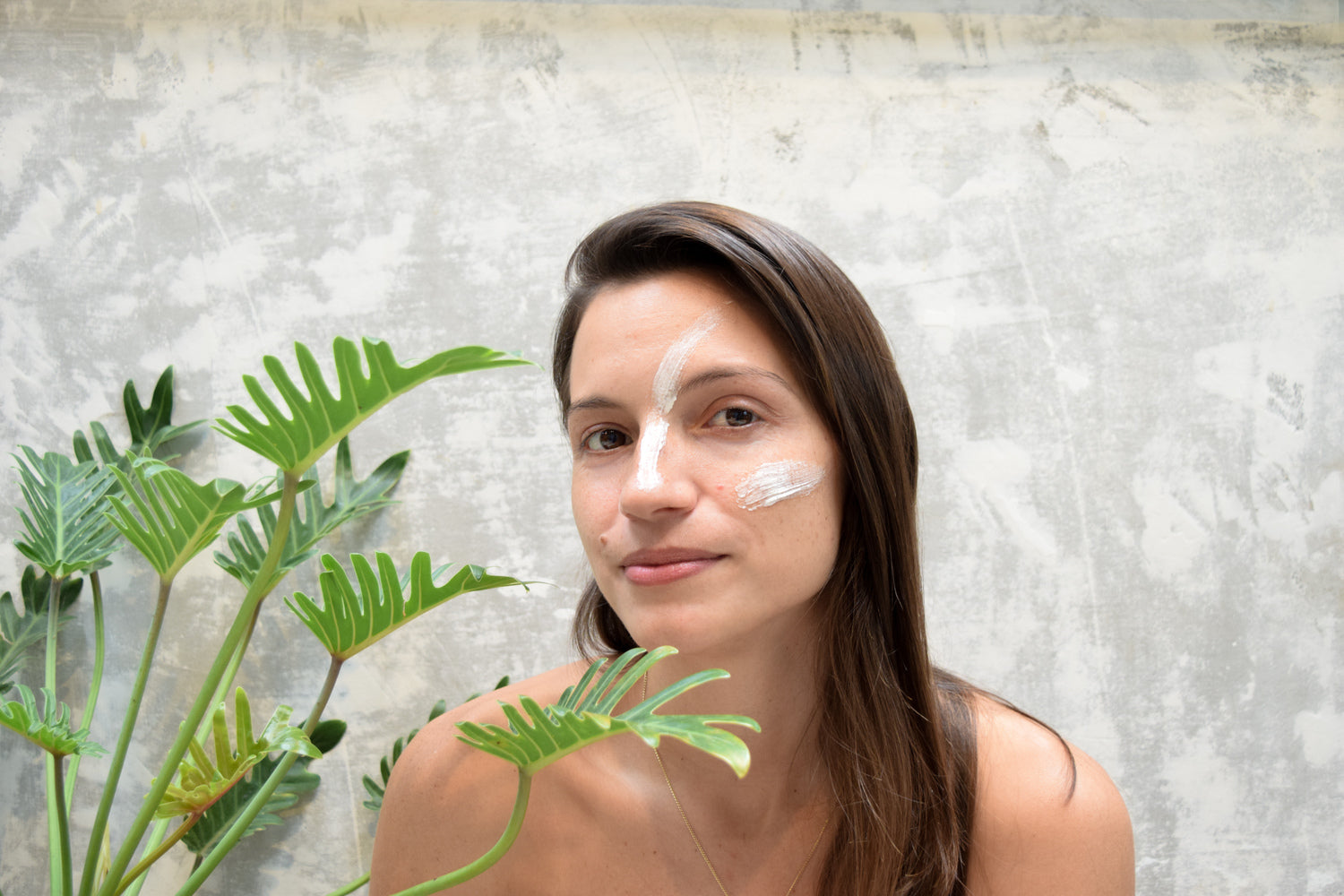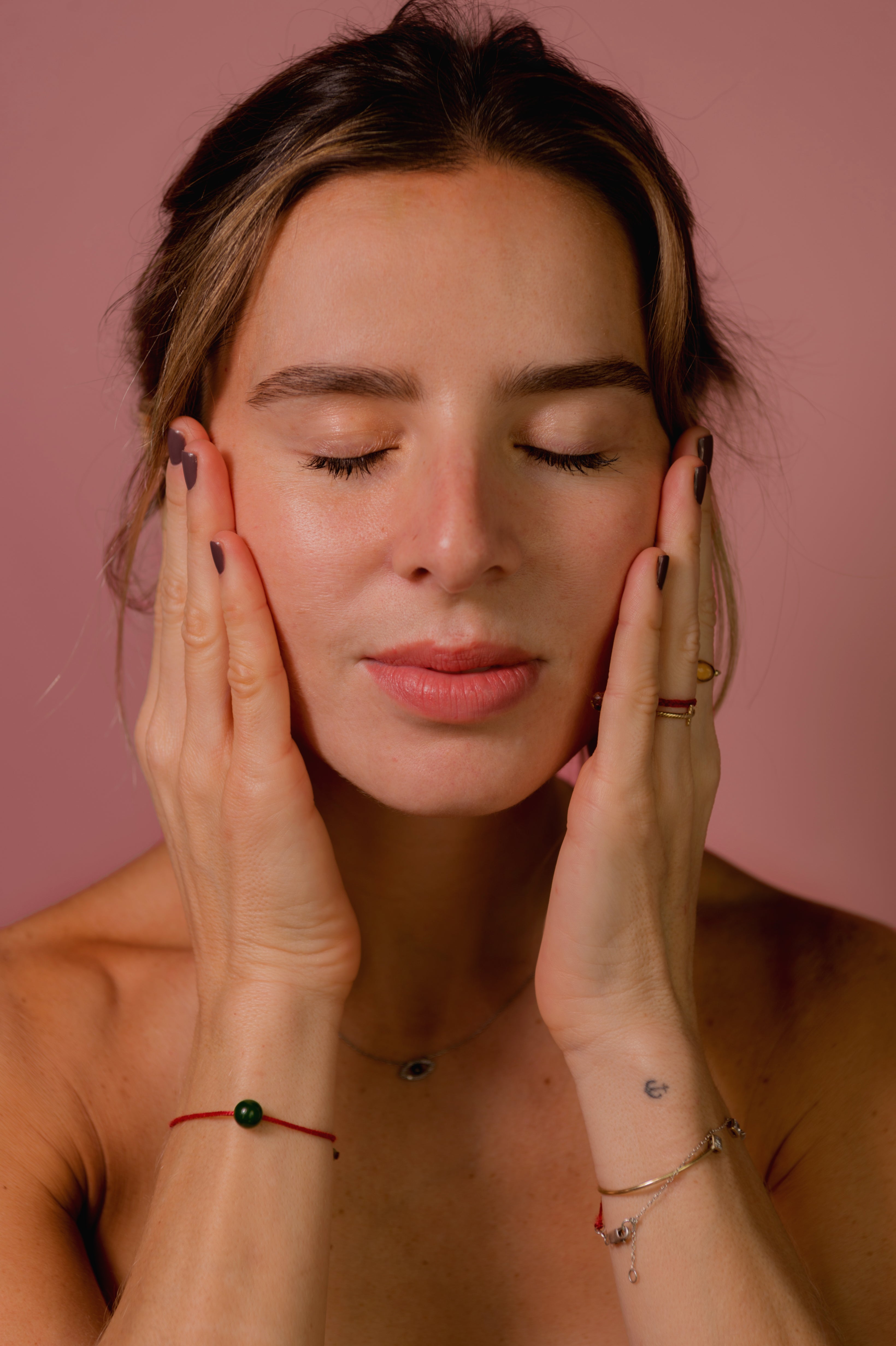
Healthy Sun Exposure: A Skincare Guide to Safely Boosting Your Vitamin D Levels
An interesting conundrum arises among us skincare enthusiasts. We're keenly aware of our body’s need for Vitamin D, understanding its essential role in optimal health and recognizing that most adults are deficient in it. Simultaneously, we're mindful of the effects of UV rays on our skin, understanding how they can accelerate the aging process, lead to sunspots, moles, and, if prolonged, even skin cancer. So, how does one strike a balance between these two concerns? In this article, we'll guide you on optimizing vitamin D intake for both your health and glowing skin while ensuring protection to maintain its desired condition.

What Exactly is Vitamin D?
Vitamin D is a type of vitamin that dissolves in fat, meaning your body stores any extra amounts for later use, unlike water-soluble vitamins, which are flushed out of your system. Its main job is to help your body absorb calcium, magnesium, phosphorus and support overall health. We're all aware that sunlight is a major supplier of vitamin D, but it's important to note that UV rays themselves don't directly provide this essential nutrient. Instead, it's your skin that manufactures vitamin D when it's exposed to sunlight.
There are two main types of vitamin D: D2 (ergocalciferol) and D3 (cholecalciferol). D3 is often preferred by experts because it closely resembles the form your body naturally produces when exposed to sunlight.
You can get vitamin D from supplements, but it's also found in certain foods. Some foods like milk, orange juice, and cereal are fortified with vitamin D. Others, like beef, shiitake mushrooms, egg yolks, and fatty fish such as salmon, tuna, sardines, and mackerel, naturally contain it.

Benefits of Vitamin D
Vitamin D offers impressive anti-inflammatory properties that effectively tackle various skin conditions like dryness, acne, psoriasis, eczema, and vitiligo, making it a go-to recommendation for many dermatologists.
Low levels of vitamin D in your skin can lead to the development of wrinkles and fine lines, but the antioxidants found in vitamin D work to combat these signs of premature aging while acting as a protective barrier for your skin.
Additionally, vitamin D plays a crucial role in preventing the buildup of dead skin cells, which can cause dryness, irritation, redness, and other skin issues, by promoting cell turnover. By stimulating cell proliferation and inhibiting apoptosis, this nutrient aids in faster healing in case of injuries, ensuring healthier skin overall.
Getting Vitamin D from Sunlight
Noon, especially in the summer, is the best time for soaking up sunlight. When the sun is highest, it gives off its strongest UVB rays. This means even short bursts of sun exposure are enough to make plenty of vitamin D. Studies show our bodies make the most vitamin D around midday. For instance, in the UK, just 13 minutes of midday sun three times a week during summer keeps vitamin D levels healthy for Caucasian adults.
But how much vitamin D you make varies. It depends on the season, where you are, and how much melanin your skin has. The farther you are from the equator, the less vitamin D your skin makes. Winter months, which are darker, often don't have enough strong UVB rays to make vitamin D. Also, people with darker skin need more sun exposure to get enough vitamin D.
Another thing to think about is how much skin you expose to the sun. Since vitamin D comes from cholesterol in the skin, showing more skin helps make enough vitamin D. Experts recommend exposing about one-third of your skin—like wearing a tank top and shorts—and spending 10–30 minutes outside three times a week during summer to get enough sun.
Does Sunscreen Affect Vitamin D Absorption?
People use sunscreen to stop their skin from getting sunburned and to lower the risk of skin cancer. Sunscreen contains chemicals that either block, soak up, or scatter sunlight. This means less harmful UV rays reach the skin.

But UVB rays from the sun help your skin make vitamin D. So, using sunscreen might stop your skin from making enough of it. Studies suggest that sunscreen with SPF 30 or higher can reduce vitamin D production by a lot—like 95–98%.
Still, wearing sunscreen in the summer doesn't seem to affect your vitamin D levels much. That's because even with sunscreen, spending enough time in the sun can still help your skin make vitamin D. However, most studies on this topic have been short-term, so we're not sure about the long-term effects of using sunscreen regularly on vitamin D levels.
Punto Suave’s Beachy Vibes kit

Conclusion
In skincare, it's important to find the right balance between keeping our skin healthy with enough vitamin D and protecting it from the sun's harmful UV rays. Understanding how vitamin D benefits our skin and knowing how sunlight and sunscreen affect us helps us figure out this balance. Getting some sun during midday in the summer is great for boosting our vitamin D, but we need to consider things like the time of year, where we are, and our skin type. Sunscreen is a must for protecting our skin, but it might also affect how much vitamin D we get. So, it's all about finding that sweet spot between staying safe from the sun and getting enough vitamin D. By using what we've learned, we can take better care of our skin and keep it healthy and glowing.




Leave a comment
This site is protected by hCaptcha and the hCaptcha Privacy Policy and Terms of Service apply.